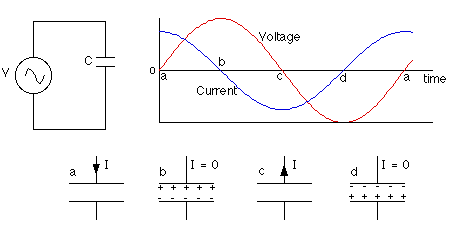jeromekang
Junior Member level 3
- Joined
- Jul 21, 2010
- Messages
- 30
- Helped
- 0
- Reputation
- 0
- Reaction score
- 0
- Trophy points
- 1,286
- Location
- Philippines
- Activity points
- 1,490
what's the difference in charging an electrolytic capacitor by DC and AC means?
Follow along with the video below to see how to install our site as a web app on your home screen.
Note: This feature may not be available in some browsers.
